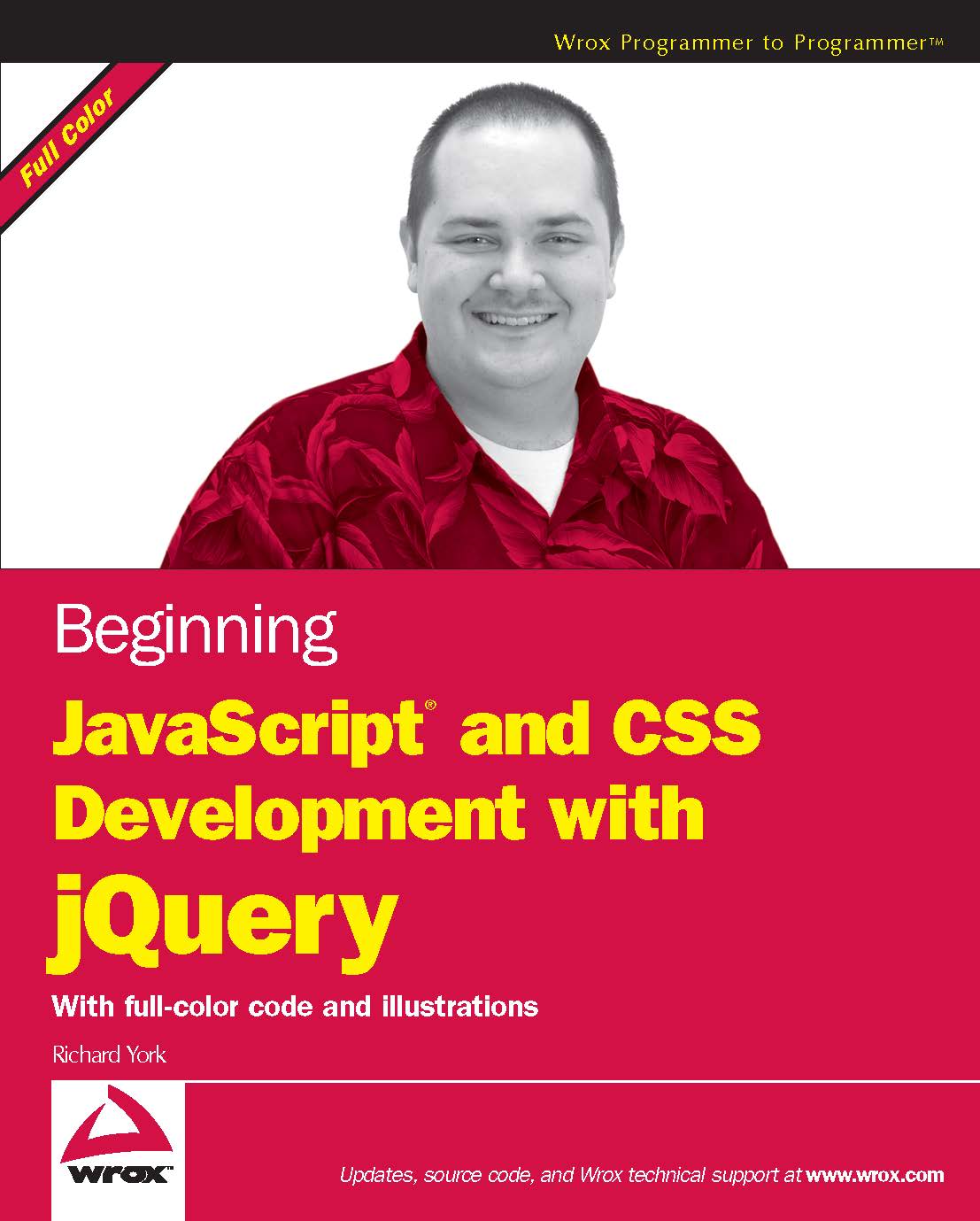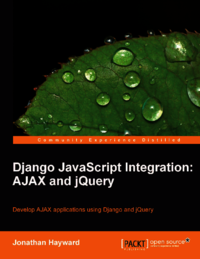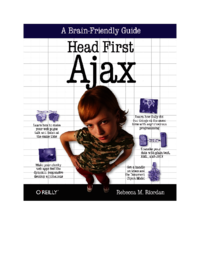Etiqueta "Ajax"
Se han encontrado 4 Coincidencias
Ajax in Action
Ajax
75 Visitas | 117 Descargas | 2014-03-14 13:07:35 | eancedeg
Ajax technologies themselves are all client side, the differences extend all the way down to the server. This book is mainly about client-side programming, and most of the code examples that you’ll find in here are JavaScript. The principles of Ajax decouple the client from the server beautifully, and can be used with any server-side language. We’ve therefore got a broad audience to address and have opted to present our server-side code in a mixture of languages: PHP, Java, C#, and Visual Basic .NET. More importantly, though, we’ve tried to keep the server-side code relatively simple and implementation-agnostic, so that you can port it to whatever environment you choose. Where we do use language-specific features, we explain them in enough detail for those unfamiliar with that particular environment to figure out what we’re doing.

Beginning JavaScript and CSS Development with jQuery
JQuery
100 Visitas | 553 Descargas | 2014-03-14 13:14:45 | eancedeg
The jQuery JavaScript framework is a rising star in the world of web development. JavaScript frameworks in general have grown to become immensely popular in the past few years in parallel with the ever-increasing presence of JavaScript-driven, so-called Web 2.0 websites that make heavy use of technologies like AJAX and JavaScript in general for slick graphical enhancements that would be impossible or much more cumbersome to incorporate without JavaScript.

Django Javascript Integration: AJAX and JQuery
Web Programming
128 Visitas | 200 Descargas | 2014-04-28 13:37:13 | eancedeg
In this book, we will be exploring Django JavaScript integration and build an Ajax application using jQuery. We will build a Web 2.0 intranet employee directory, and we will aim for a solution that is Pythonic in more ways than one.

Head First Ajax
ajax
38 Visitas | 64 Descargas | 2015-03-09 13:20:03 | javierd
Ajax is a way of designing and building web pages that are as interactive and responsive as desktop applications. So what does that mean for you? You handle things at the client’s browser whenever you can. Your pages make asynchronous requests that allow the user to keep working instead of waiting for a response. You only update the things on your pages that actually change.
Contribuir
Usted puede contribuir con Libros UCLV, es importante para nosotros su aporte..
Contribuir